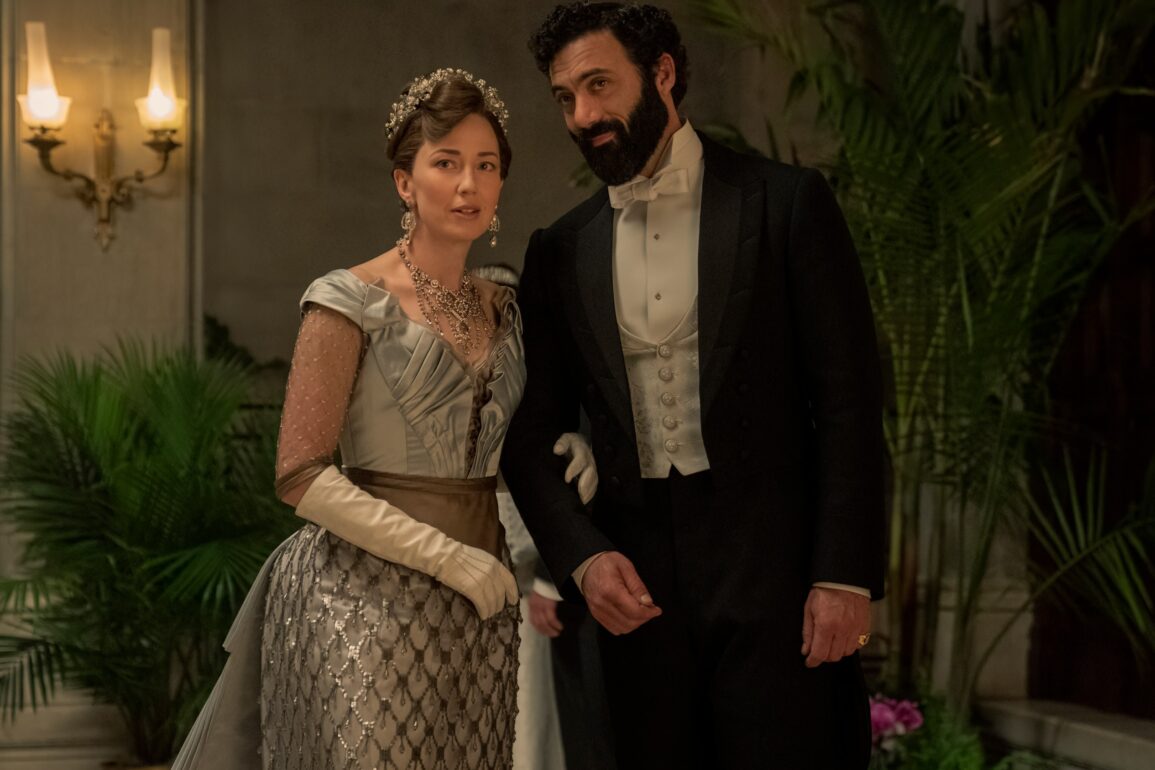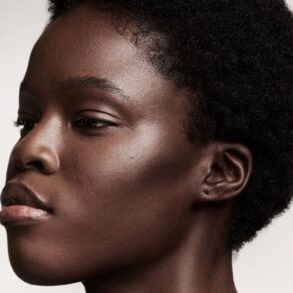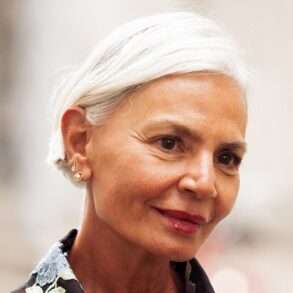The third and final season of Paramount+’s “Star Trek: Picard” provided a lot of pleasure for diehard “Star Trek” fans, who were appropriately delighted to see Patrick Stewart‘s title character reunited with the crew of the USS Enterprise from “Star Trek: The Next Generation.” The show’s Emmy-nominated make-up artists are fans too and saw it as their responsibility to pay tribute to the past while finding new ways of presenting the characters for 2023. “We have to be conscious of what’s happened in the past and elevate it,” prosthetics department head James MacKinnon told IndieWire. “We’re paying homage to what Mike Westmore did [on earlier shows like ‘TNG,’ ‘Deep Space Nine,’ and ‘Enterprise’] and then using the next level in technology, like ZBrush [digital sculpting software] and 3D printed pieces that now go on prosthetics or that you use in the molding process, which saves so much time.”
Non-prosthetic makeup department head Silvina Wyatt, who is nominated in the Outstanding Contemporary Makeup category, concurs. “You want to be respectful and honor everything that came before you, but you have an opportunity to put your own personal stamp on it,” she told IndieWire, noting that she was tasked with updating the looks of “Next Generation” characters who hadn’t been seen on screen for 20 or 30 years. “We have to take what happened to them over those years and who they became into consideration, and that’s how we come up with their look.”
For Mackinnon’s characters, like fan favorite Worf (Michael Dorn), the changes are often motivated by evolving technology. “There are things that make our prosthetics go on faster and look more realistic than they did back then,” he said. “Going back to ‘Deep Space Nine’ and ‘Voyager,’ that’s all foam latex. Now we’ve got silicone, which is translucent instead of an opaque material, so with the new Worf we have basically a see-through dark skin base, and we’re speckling Mike’s texture and skin tone onto that to have it seamlessly transition into his makeup.”

One technological advance that’s not always helpful is the increased sense of detail provided by constantly improving digital cameras. “There’s always the downfall of 4K, 8K, 10K, whatever you want to call it,” Mackinnon said. “As I always say, it’s better for NASCAR and Animal Planet than it is for women over 50 and prosthetics.” Because digital cameras are unforgiving, there can’t be any mistakes. “I tend to believe that whatever my eyeball sees, that’s what the camera is going to see,” Wyatt said, adding that in the case of “Picard,” the final two episodes were screened for fans in IMAX. “That’s kind of nerve-wracking, to be on a screen that big.”
Both Mackinnon and Wyatt regularly take photos with their phones to see how the makeup will look on camera. “You’ll see color differentials where something looks good to the eye and then you take a picture and it looks yellow or pink,” Wyatt said. “That’s how it’s reflecting. So we get used to taking photos and then adjusting.” In terms of prosthetics, Mackinnon says the digital cameras require a special kind of attention in order to avoid leaning on visual effects to correct mistakes. “We airbrush and splatter makeup, and if those little splatter pixels are too intense, the camera’s going to look at it and see that it’s makeup. You’re going to look at it and go, ‘Oh, that’s paint.’”

While some of the characters were returning after decades, others required more subtle changes in their look; Seven of Nine, played by Jeri Ryan, has been on the show since Season 1, but her new position as an office required some reinvention. “She’s now an officer, so she looks a little more uncomfortable,” Wyatt said. “Her hair is a little more set. She’s still a beautiful woman, but it’s a more corporate version of it.” For the actors coming back after a long hiatus, Wyatt was conscious of the fact that their makeup needed to reflect the passage of time while still making the performers comfortable. “I really wanted them to feel confident and comfortable in their own skin because they’re going to get compared to what they looked like before. Maybe they were more made up than someone who’s been through all these fights and stuff really would be, but it’s about finding the happy medium where everybody can be their characters and not worry about how they present — that’s taken care of.”
The challenge of recreating several iconic characters was exacerbated by a tight time frame. “Season 2 ended on a Thursday and Season 3 began on a Friday, so that night was our prep, that eight hours that we had off,” Mackinnon said. Even so, both Mackinnon and Wyatt feel they achieved everything they set out to do in the final season of “Picard.” “Sometimes you’ll go back and say, ‘I should’ve changed that,’” Mackinnon said. “The nice thing is that if I make a mistake or did something wrong previously, on every ‘Star Trek’ show I get to redo it and fix what I did, and grow as an artist too. The second we think we know everything, that’s the end of our career. We always have to keep learning. But I have to say, on this one, I don’t think we would change anything.”
This post was originally published on this site be sure to check out more of their content.











